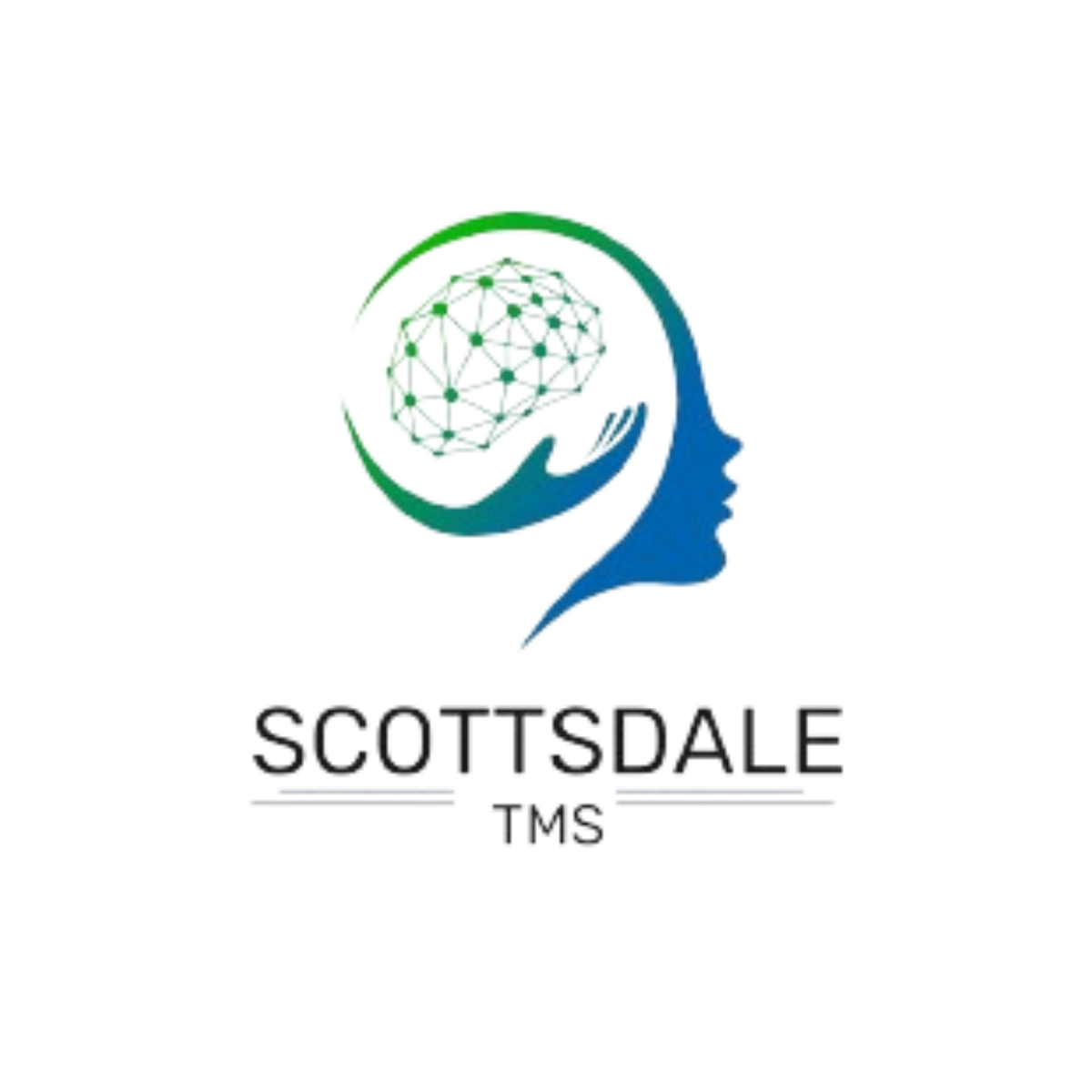TMS transcranial magnetic stimulation is a non-invasive therapy that uses magnetic fields to stimulate specific areas of the brain. It is often used as a treatment for individuals experiencing depression, especially those who have not responded to traditional methods like antidepressant medications or talk therapy. Over the years, TMS has gained popularity as a promising option for treatment resistant depression, offering hope to patients seeking new solutions.
In this article, we’ll explain what TMS therapy is, how it works, who it’s for, and what to expect during treatment. We’ll also cover the benefits, side effects, and why TMS is becoming a more common choice among depression treatments.
Questions Answered in This Article:
Our Alcohol Addiction Treatment Programs

Scottsdale Rehab
Luxury Personalized Rehab

Hart Rehab
Holistic Luxury Personalized Rehab

Scottsdale Detox
Luxury Medical Detox
What Is TMS Therapy?
TMS, or transcranial magnetic stimulation, is a therapy approved by the FDA for treating major depressive disorder and other conditions like obsessive compulsive disorder (OCD). The process involves placing a magnetic coil on the scalp, which sends magnetic pulses to stimulate neurons in specific areas of the brain responsible for mood regulation.
There are different types of TMS, including Deep TMS, which uses a special coil designed to reach deeper areas of the brain that may play a role in mood and emotional regulation. Deep TMS is also FDA-approved and offers an alternative approach for some patients.
How TMS Treatment Works
Understanding how TMS treatment works starts with the brain itself. In people with depression, certain areas of the brain—especially the prefrontal cortex—may be underactive. These areas help control mood, decision-making, and emotional responses. By using magnetic stimulation (TMS), doctors aim to “wake up” these regions and improve communication between brain cells.
During a session, a magnetic coil is placed gently on the scalp, usually near the forehead. It delivers short bursts of magnetic fields that pass through the skull and reach the brain tissue. These magnetic pulses create small electrical currents in the brain that stimulate activity and improve mood over time.
Deep TMS uses a specialized coil that can reach deeper brain regions than standard TMS. This can be beneficial for targeting areas that may be harder to stimulate but are involved in depression and mood regulation.
Each treatment session lasts about 20 to 40 minutes, and patients typically undergo five sessions per week for several weeks, depending on the treatment plan.
Benefits of TMS Therapy
There are several benefits of TMS therapy, especially for those struggling with treatment resistant depression. Some of the main advantages include:
- Non-invasive: No surgery, needles, or sedation required.
- Minimal side effects: Unlike medications, TMS has fewer common side effects like weight gain or sexual dysfunction.
- Safe and well-tolerated: TMS is FDA approved and has been found to be safe for long-term use.
- Effective for many: Research shows that TMS therapy for depression can be effective even for people who haven’t had success with antidepressants.
- Improved daily function: Many patients report better sleep, mood, and energy levels after completing treatment.
- Deep TMS offers the added benefit of reaching deeper brain areas, providing another option for those who need more targeted treatment.
Who Can Benefit From TMS?
TMS is commonly used for adults diagnosed with major depressive disorder, especially when standard treatment options like medications or psychotherapy haven’t worked. This is referred to as treatment resistant depression.
It may also be recommended for people who:
- Experience negative side effects from antidepressant medications
- Want a drug-free option for treating depression
- Have difficulty sticking to a daily medication schedule
- Prefer a non-invasive, outpatient approach
In addition to depression, research is exploring the potential of TMS for conditions like obsessive compulsive disorder (OCD), anxiety, PTSD, and chronic pain, although depression remains the most common reason people seek this treatment.
What to Expect During a TMS Session
If you’re considering TMS, it’s helpful to know what the experience is like. Here’s what usually happens during a typical TMS session:
- Preparation: You’ll be seated in a comfortable chair, and the technician will position the magnetic coil on your scalp.
- Stimulation: When the machine starts, you’ll hear clicking sounds and feel light tapping on your head. This is the magnetic stimulation activating the brain.
- Duration: The session usually lasts 20 to 40 minutes, depending on your treatment plan.
- Aftercare: You can drive yourself home and return to normal activities immediately after.
TMS Treatment Side Effects
While TMS treatment side effects are generally mild, it’s important to be aware of what you might experience. The most common side effects include:
- Scalp discomfort where the coil is placed
- Mild headache during or after the session
- Lightheadedness or fatigue
- Twitching of facial muscles during stimulation
These effects usually go away on their own shortly after treatment. Serious side effects like seizures are extremely rare, and your provider will screen for any risk factors before starting.
Is TMS Therapy Effective?
Many people wonder, “Is TMS therapy effective?” The answer is yes—for many, it can be life-changing.
Clinical studies show that a significant number of patients see improvements in their depression symptoms, and some achieve full remission. The effectiveness of TMS may vary depending on individual brain chemistry, the severity of the condition, and consistency in attending treatment sessions.
Some people may notice changes within the first two weeks, while others may take longer to feel results. Even if symptoms don’t fully disappear, most patients report feeling noticeably better and more functional in daily life.
A New Hope for Depression Relief
TMS transcranial magnetic stimulation is a powerful option in the growing list of depression treatments available today. It offers hope for individuals who have struggled with medication or who are seeking a safer, non-invasive depression treatment.
With relatively few side effects and a strong track record of success, TMS treatment is helping more people take back control of their lives from depression.
If you or someone you love is dealing with persistent depression, it may be worth talking to a mental health provider about whether TMS therapy for depression is the right path forward.

